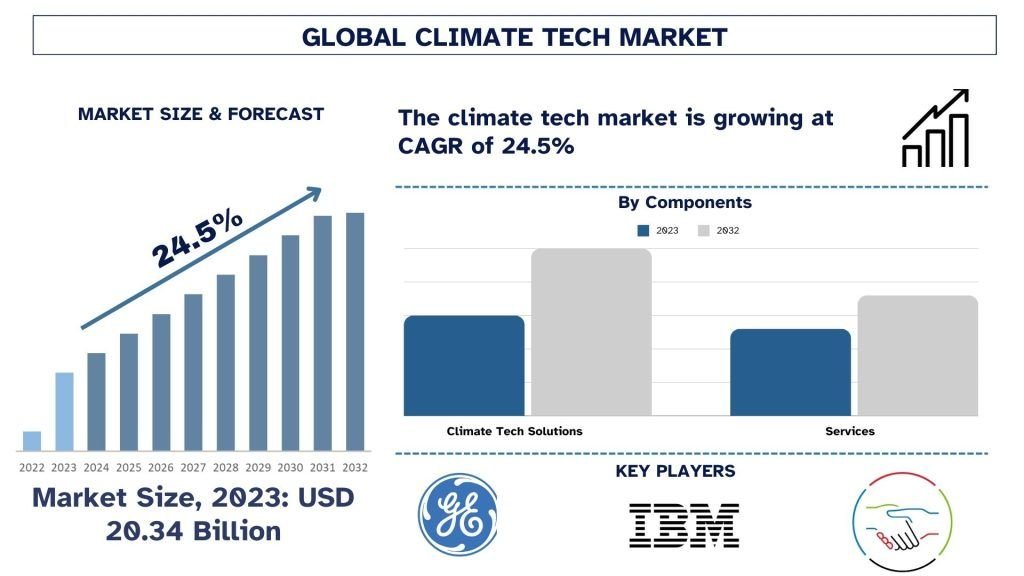Freight transportation is the backbone of the global economy, enabling goods to flow seamlessly across continents. Whether it’s the food we eat, the clothes we wear, or the electronics we use, all of these items are transported via freight in some form. In this blog, we will explore the critical role freight plays in modern life, its various forms, and how it continues to evolve in the face of global challenges.
What is Freight?
Freight refers to goods or cargo that are transported in bulk, typically by ship, truck, train, or plane. It encompasses everything from raw materials to finished products. Freight services can be classified based on the mode of transportation, such as air freight, sea freight, land freight, and rail freight, each playing a vital role in the movement of goods around the world.
The industry covers the entire journey of goods, from manufacturing to retail shelves, and includes logistics, warehousing, and inventory management. Without a robust freight system, our global economy would be unable to function efficiently.
The Different Modes of Freight Transportation
The choice of freight mode depends on factors like distance, urgency, cost, and the type of cargo being transported. Here are the primary modes of freight transportation:
- Air Freight: This is the fastest but most expensive option, often used for time-sensitive or high-value goods such as electronics, pharmaceuticals, and luxury items. Air freight is critical for industries where speed is crucial, such as e-commerce and medical supplies.
- Sea Freight: Sea freight is the most cost-effective method for transporting large quantities of goods over long distances. Shipping containers carried by cargo ships move goods from one port to another, and it remains the dominant mode of transportation for international trade.
- Land Freight: Trucks are the workhorses of land freight, moving goods across cities, countries, and even continents. Road transportation is flexible, allowing for door-to-door service and reaching areas that may not be accessible by rail or sea.
- Rail Freight: Rail transport offers a sustainable and efficient solution for moving bulk goods over long distances, particularly for heavy loads such as coal, grain, or raw materials. Trains can carry large volumes at lower costs compared to road transport, though it is often more limited in reach.
The Role of Freight in Global Trade
The global trade system is largely built around transportation. In fact, over 90% of the world’s goods are moved by sea. The international shipping industry is responsible for transporting everything from oil and gas to consumer goods, machinery, and raw materials. By facilitating the exchange of goods across borders, it plays a direct role in supporting economic growth, creating jobs, and fostering global trade partnerships.
In addition to traditional freight, technological advances like digital platforms, automation, and the Internet of Things (IoT) are transforming how goods are tracked and managed. This increases efficiency, reduces costs, and makes it easier to coordinate shipments across vast distances.
The Importance of Freight Logistics
Logistics is a critical component of the freight industry. It involves planning, coordinating, and managing the flow of goods from the point of origin to the final destination. A well-organized logistics system ensures that products are delivered on time, in good condition, and at the right cost.
With the growth of e-commerce, the demand for efficient logistics has surged. Retailers and suppliers rely heavily on sophisticated supply chain management systems to streamline operations and optimize inventory levels. Companies like Amazon, for example, have revolutionized logistics by incorporating technology to improve the customer experience and meet the increasing demand for fast delivery.
Challenges Facing the Freight Industry
The industry is not without its challenges. Global supply chain disruptions, rising fuel costs, labor shortages, and the impact of environmental regulations are all factors that can complicate the movement of goods. In recent years, the COVID-19 pandemic has revealed just how vulnerable the system is, with delays in shipping, bottlenecks at ports, and shortages of essential goods affecting the global market.
Environmental concerns also play a role in shaping the future of it. The shipping industry is responsible for a significant portion of global greenhouse gas emissions. As a result, there is increasing pressure to adopt greener practices, such as using alternative fuels, optimizing routes, and reducing emissions through technological innovations.
The Future of Freight: Trends to Watch
As the freight industry evolves, several trends are shaping its future:
- Automation and AI: Autonomous trucks, drones, and AI-driven logistics systems are expected to revolutionize the way goods are transported. Automation promises to reduce costs, improve safety, and increase efficiency.
- Sustainability Initiatives: More companies are adopting eco-friendly practices, such as using electric trucks, implementing fuel-efficient technologies, and investing in green shipping practices to reduce their environmental impact.
- Digital Freight Platforms: Digitalization is transforming the industry. Online platforms that connect shippers with their carriers are streamlining the booking process, offering more transparency, and making it easier to track shipments.
- Supply Chain Resilience: In the wake of global disruptions like the pandemic, businesses are focusing on creating more resilient supply chains. This includes diversifying suppliers, building inventory, and investing in more flexible logistics solutions.
The Importance of Freight in Everyday Life
While it may seem like a behind-the-scenes industry, its impact on daily life is profound. Every product you buy, from food to electronics to clothing, likely travels thousands of miles through the system before reaching you. Without it, our interconnected world would not exist, and the global supply chain would come to a standstill.
Transportation is not only essential to trade, but it also supports other industries such as manufacturing, agriculture, retail, and technology. By moving goods efficiently, it ensures that resources are allocated where they’re needed most, fostering economic growth and enhancing the quality of life worldwide.
Conclusion:
The industry is an essential part of modern society, facilitating the movement of goods, driving trade, and supporting the global economy. Despite challenges, innovations in technology, sustainability, and logistics continue to shape the future of transportation. As the world becomes more interconnected, the role of in our daily lives will only continue to grow.
Whether you realize it or not, the next time you purchase a product, it’s likely that was involved in getting it to you. The industry is much more than just transportation; it is the lifeblood that keeps our economies moving, our shelves stocked, and our global networks thriving.












Leave a Reply